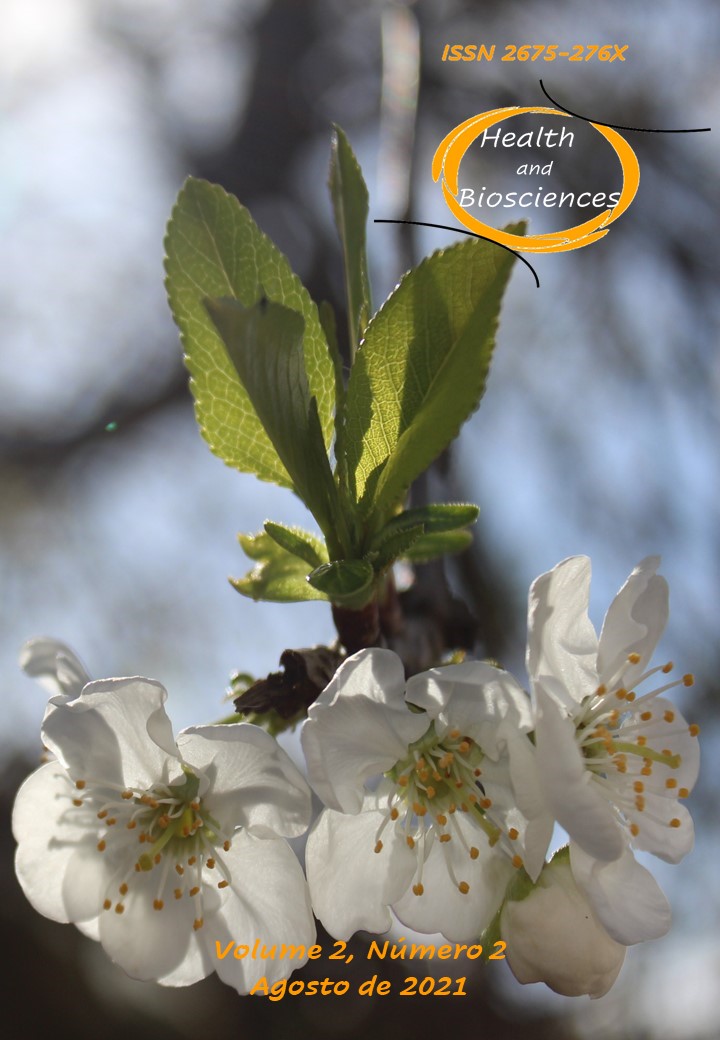Evaluation of the use of advanced ozone oxidative process in reducing the danger of environmental toxicity by endocrine interferences of magistral pharmacy
DOI :
https://doi.org/10.47456/hb.v2i2.35949Mots-clés :
Biomonitoring, Euglena gracilis, Oxidative Process, OzonationRésumé
The presence of emerging pollutants in the waters has been observed worldwide, resulting from improper domestic disposal, non-recommended veterinarian use, and product waste from pharmaceutical industries and magistral pharmacies. The contamination provoked, besides causing damage to the environment, remains in potable water even after passing through the treatment plants. The objective of this work was to verify the existence of environmental toxicity of raw effluents from gross pharmacy laboratories, as well as the same effluent treated with POA via ozone in the time of 1 hour, having as a risk parameter the changes that they cause in Euglena gracilis algae. Photosynthetic efficiency tests were conducted via PAM, and chlorophyll concentration and behavioral evaluation were checked via NGTOX. The results demonstrate that the hormone laboratory was considered the most impacted effluent treated, with lower production and significant chlorophyll reduction. It presented reduction in photosynthetic post-ozonation activity, due to the hormone decomposition, oxidative potential and ethylene formation. Effluents from psychotropic and solid laboratories presented different production demand, but similar follow-up, with impact on the behavior and algae’s photosynthetic activity, due to the presence of active substances on cellular action potentials. The treated effluent from dermocosmetics laboratory influenced the chlorophyll concentration, as well as the general speed and velocity of surface ascent. The behavioral differences between the laboratories and the pre and post-ozonation conditions demonstrate that the effluent treatment should be distinguished, according to the characteristics of the manipulated substances in each laboratory.
Téléchargements
Publiée
Numéro
Rubrique
Licence

Todos os trabalhos publicados na Brazilian Journal of Production Engineering (BJPE) estão licenciados sob a Creative Commons Atribuição 4.0 Internacional (CC BY 4.0).
Isso significa que:
-
Qualquer pessoa pode copiar, distribuir, exibir, adaptar, remixar e até utilizar comercialmente os conteúdos publicados na revista;
-
Desde que sejam atribuídos os devidos créditos aos autores e à BJPE como fonte original;
-
Não é exigida permissão adicional para reutilização, desde que respeitados os termos da licença.
Esta política está em conformidade com os princípios do acesso aberto, promovendo a ampla disseminação do conhecimento científico.

